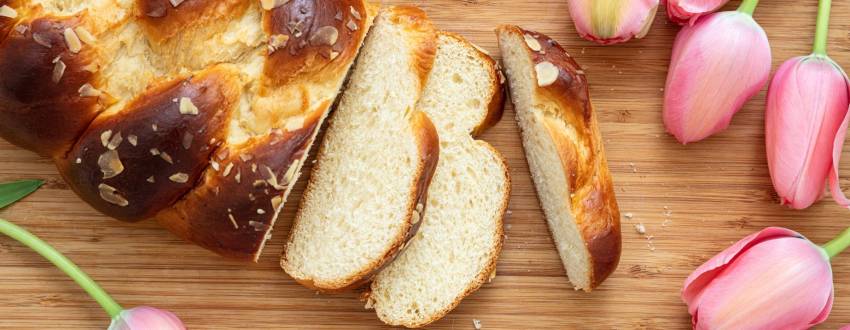Written by Rabbis Eli Gersten, Yaakov Luban, and Moshe Zywica of the Orthodox Union
On a weekday, a cut should be made before the beracha, but the Rema (Shulchan Aruch OC 167:1) writes that on Shabbat one should not make a cut in the challah before reciting the beracha. The concern is that one might cut too deep and the loaf would no longer be shaleim (complete). While it is always better to recite Hamotzi on a whole loaf of bread, on Shabbos it is obligatory. The mitzvah to recite Hamotzi on lechem mishneh (two loaves) on Shabbat requires that they both be whole. During the week, we begin cutting the loaf before reciting the beracha to minimize the hefsek (delay) afterwards. If one accidentally cut the challah too far, although not ideal, it will not pose a problem. However, on Shabbos, if the cut was so deep that one cannot pick up the challah from the side that was cut without the challah separating in half, it is no longer considered whole. Therefore, the Rema writes that on Shabbat it is better not to cut at all.
The Magen Avraham (274:1) writes that the medakdekim (those who are extra careful) make a mark with their knife on the Shabbat challah before reciting the beracha, rather than cutting into the bread. What is the purpose this mark? Surely this will not help slice the bread any faster. The Machetzit Hashekel explains that the one reciting Hamotzi is supposed to first cut from the loaf one large piece from which he will then cut smaller pieces so that everyone present can receive a kezayit (halachic serving). If one did not mark where they are going to cut, it might take a few moments to assess the proper place to cut. To avoid a hefsek, it is best to decide in advance where the cut will be made and make a mark.






Reviews